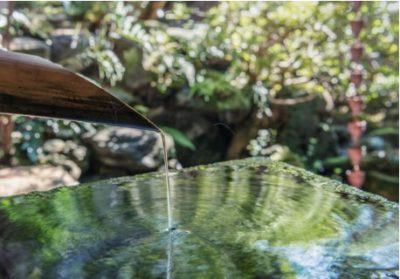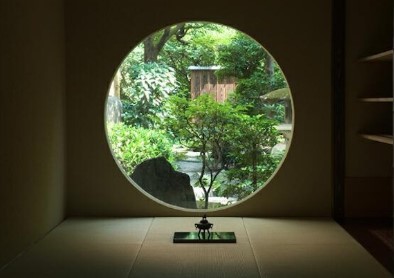Wabi: Simple, Austere Beauty

The Wabi aesthetic quality of simple, austere beauty conducts a deliberate effort to perceive the existential beauty of each and every moment. By purposely assigning value to understatement and imperfection, no object or the moment in which it exists, goes unappreciated. For to find a moment lacking, and stubbornly wait for a better one to come along, would be to miss the fundamental impermanence of all things.
The idea of wabi in Japanese culture is most fully developed in their tea ceremonies, also called the Way of Tea. By way of a brief history, the first documented evidence of tea in Japan dates to the 9th century, when the Buddhist monk Eichu returned with sencha tea from China. Then by imperial order in the year 816, tea plantations began to be cultivated; however, the interest in tea in Japan faded after this.

It was not until the end of the 12th century that tea was re-introduced by another monk in the same manner, by way of China. This time in a powdered green form, the tea was first used in religious rituals in Buddhist monasteries. Finally, from approximately 1336 to 1573, during the Muromachi period when Japan saw the emergence of what is generally regarded as Japanese traditional culture as we know it today, the use of Japanese tea developed as something of a meditative practice and began to evolve its own aesthetic, including “wabi” principles.
The tea master Sen no Rikyū once instructed: “In the small [tea] room, it is desirable for every utensil to be less than adequate. There are those who dislike a piece when it is even slightly damaged; such an attitude shows a complete lack of comprehension”. The preference in the wabi aesthetic for broken or cracked utensils, as long as they have been well repaired, is practiced moderation. Priorities of this nature strive to defeat the prejudice that beauty must entail magnificence and opulence, least we be tempted to judge one impermanent moment apart from the rest and bestow upon it a condition which would contradict its authentic impermanent nature.
Come Visit Art De Tama Fine Art!
Japanese artist in the United States. Tamao Nakayama was born and raised in Tokyo, Japan, and moved to the U.S. when she was 25 years old. She is still deeply influenced by the Japanese aesthetic, and the belief that ‘less is more’. She is a minimalist abstract artist. She paints and sculpts.
